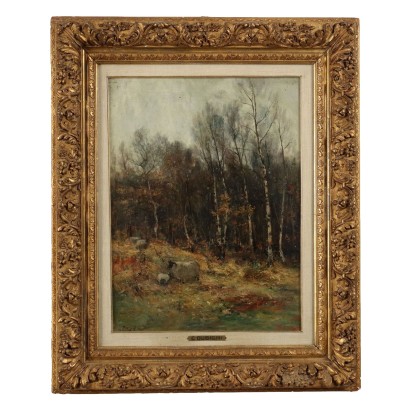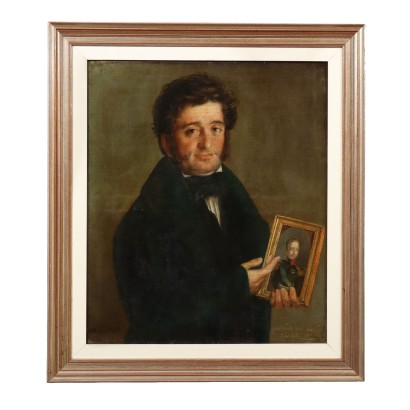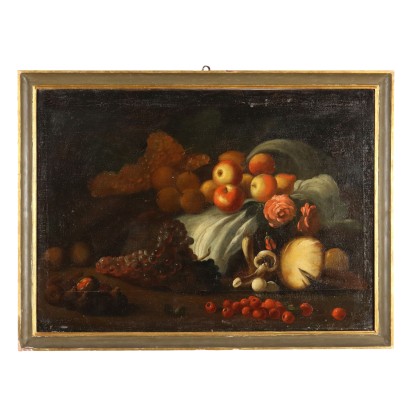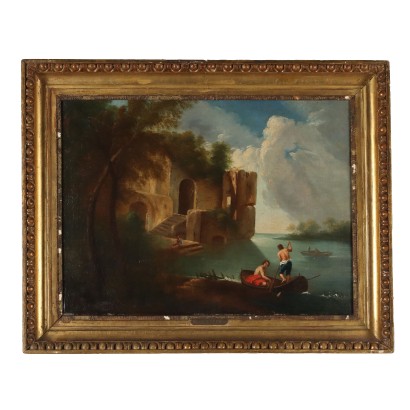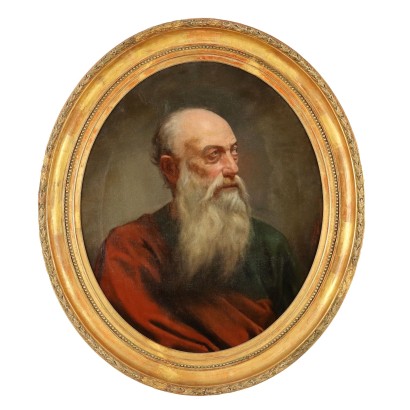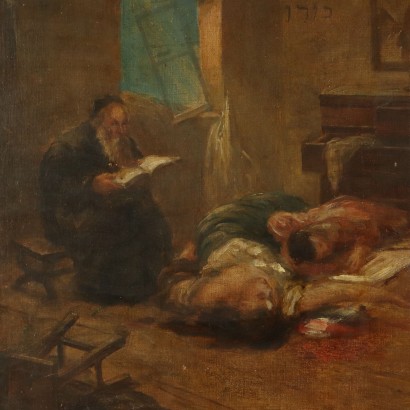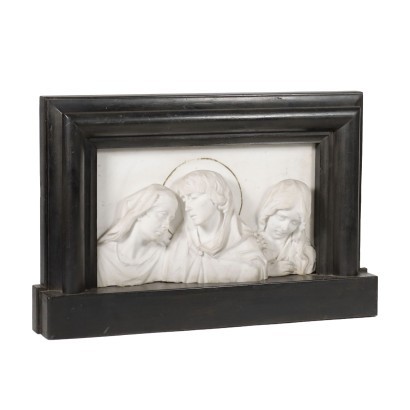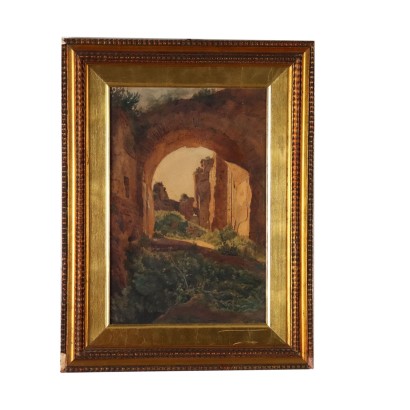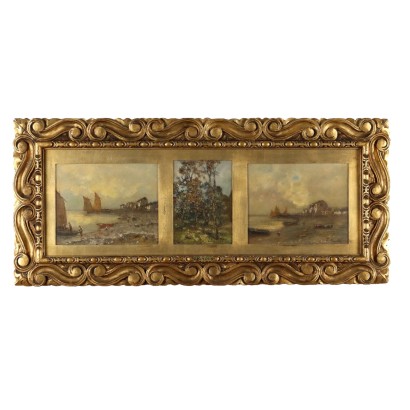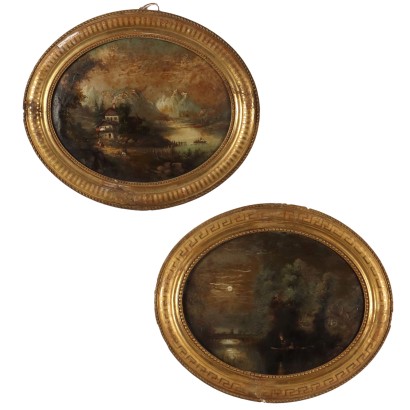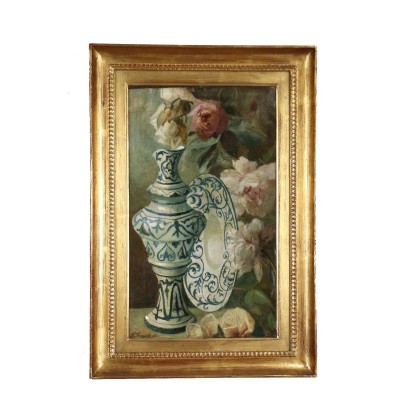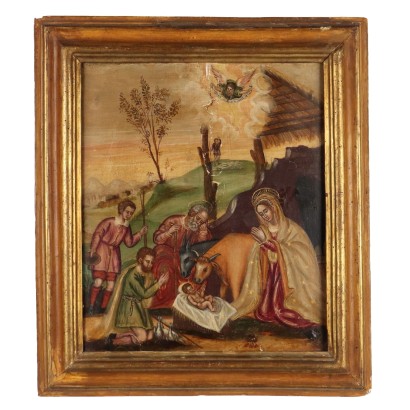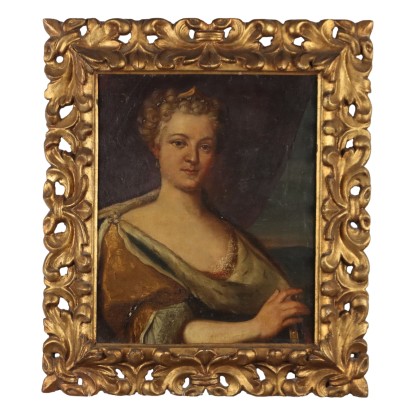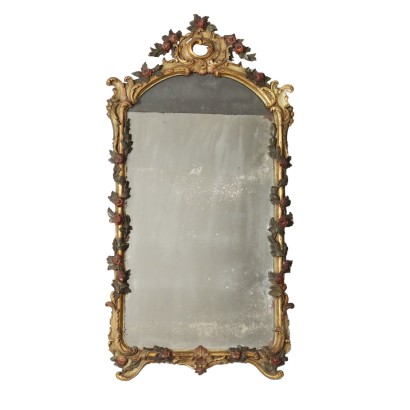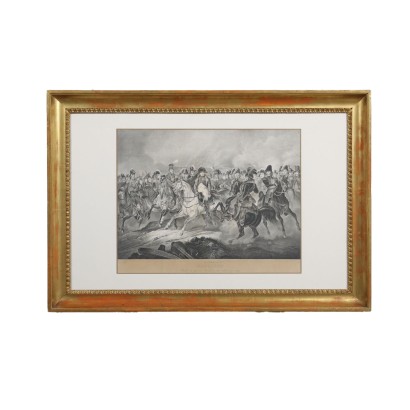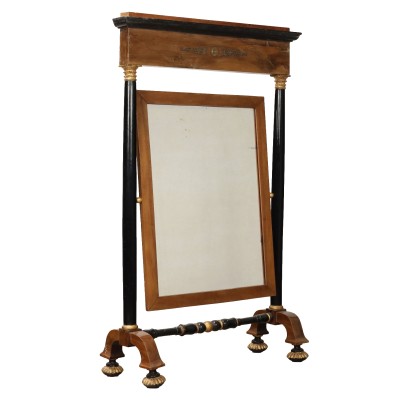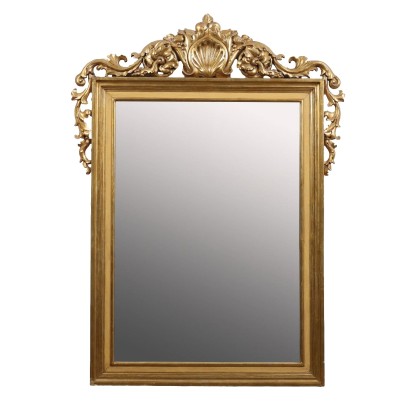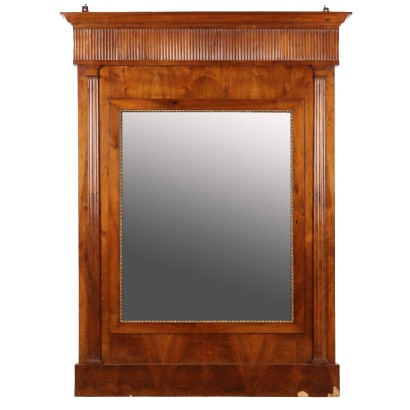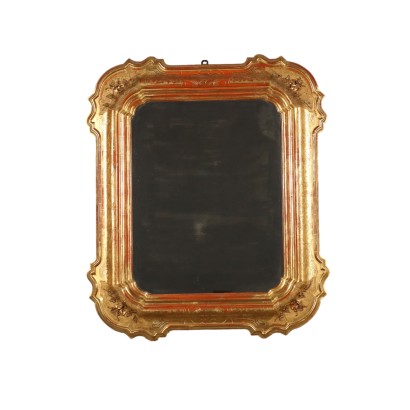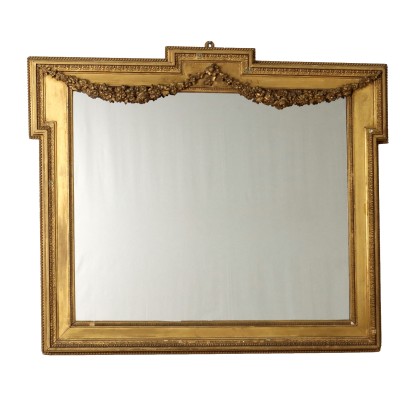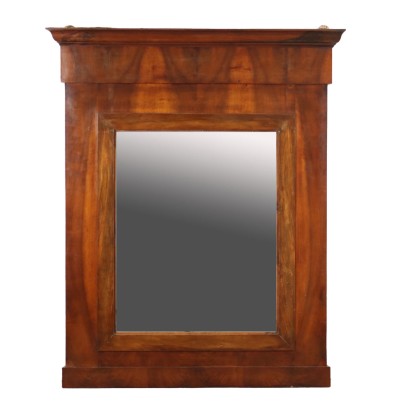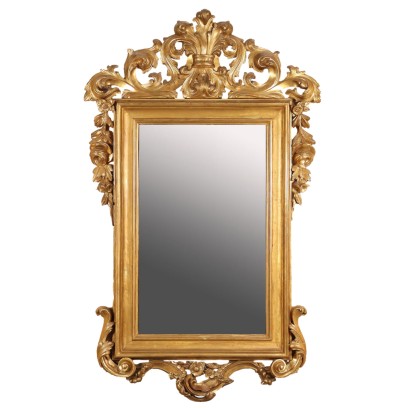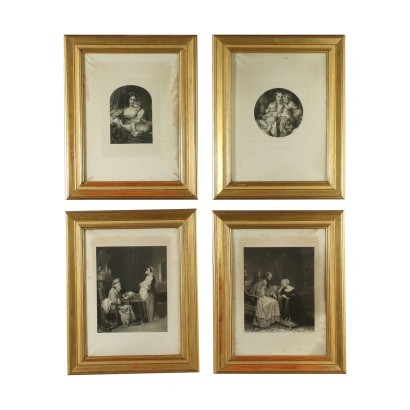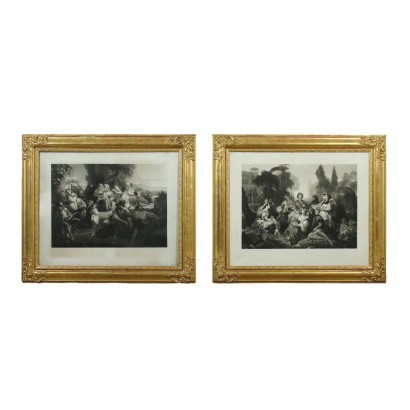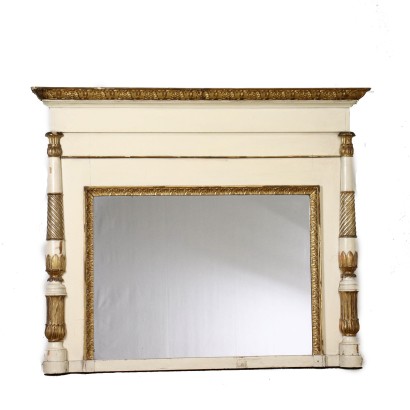Antique Painting Attr. to Charles-François Daubigny Landscape '800 - Landscape with Sheeps
Features
Landscape with Sheeps
Artist: Charles-François Daubigny (1817-1878) Attributable to
Artwork title: Paesaggio con pecore
Artistic school: French School
Age: 19th Century / 1801 - 1900
Subject: Landscape
Artistic technique: Painting
Technical specification: Oil on Canvas
Description : Paesaggio con pecore
Oil painting on canvas. Signed lower left. The landscape, a glimpse of a forest along the bank of a river, where some sheep graze, refers to the en plein air landscape production of which Daubigny was one of the main representatives: for several years the artist sailed along the rivers of the north of France on his boat set up as a studio in 1857, living in direct contact with nature and painting it. Considered one of the precursors of Impressionism, he was able to put in his landscapes "a freshness of atmosphere, a calm and rustic lyricism, a truth of sensations, a splendor of colors that were absolutely new in French painting". The painting is presented in a frame from the first half of the 20th century.
Product Condition:
Product in good condition, has small signs of wear. We try to present the real state as fully as possible with photos. If some details are not clear from the photos, what is stated in the description applies.
Frame Size (cm):
Height: 86
Width: 71
Depth: 8
Artwork dimensions (cm):
Height: 62
Width: 46
Additional Information
Artist: Charles-François Daubigny (1817-1878)
Charles-François Daubigny born in Paris in 1817, began painting at the school of his father Edmond-François Daubigny, with whom he also learned the art of engraving. In 1835 he made a trip to Italy, and subsequently worked in the surroundings of Paris, in particular frequenting the Forest of Fontainbleau, home of the Barbizon school of realist landscape painting. In 1838 he made his debut at the Paris Salon, in which he regularly participated with his landscapes. In 1849, after meeting Corot, he joined the movement of landscape painting en plein air: he purchased a boat, called "Le Botin" with which he explored the rivers of northern France (the Seine, the Marne and the Oise). painting en plein air. In 1860 he settled permanently in Auvers-sur-Oise, while continuing to work throughout France. His plein air painting inspired many of the future Impressionists: Monet, who met Daubigny during both of their stays in London and with whom he took a trip to the Netherlands in 1870, emulated him by purchasing a boat and setting it up as a studio. Daubigny's most mature period was approximately in the decade from 1864 to 1874: the subjects represented in those years were above all landscapes with many leafy trees and rivers populated by ducks. Speaking of these birds, it is said that when Daubigny felt satisfied with his work, he liked to add one or more ducks to the painting he had just completed depending on how much he liked the work. From the number of ducks present in a painting we can therefore deduce how pleased the painter was with the quality of his work. Daubigny died in Paris in 1878.Artistic school: French School
Age: 19th Century / 1801 - 1900
19th Century / 1801 - 1900Subject: Landscape
Artistic technique: Painting
La pittura è l'arte che consiste nell'applicare dei pigmenti a un supporto come la carta, la tela, la seta, la ceramica, il legno, il vetro o un muro. Essendo i pigmenti essenzialmente solidi, è necessario utilizzare un legante, che li porti a uno stadio liquido, più fluido o più denso, e un collante, che permetta l'adesione duratura al supporto. Chi dipinge è detto pittore o pittrice. Il risultato è un'immagine che, a seconda delle intenzioni dell'autore, esprime la sua percezione del mondo o una libera associazione di forme o un qualsiasi altro significato, a seconda della sua creatività, del suo gusto estetico e di quello della società di cui fa parte.Technical specification: Oil on Canvas
The oil painting is a painting technique using powder pigments mixed with bases in inert and oils.Other customers have searched:
Arte ottocento, artisti italiani, dipinti 800, dipinto olio su tela, dipinto antico, dipinto paesaggio, dipinti natura morta, arte antica, dipinto olio su tavola..
Se sei un appassionato d'arte, non perderti i nostri approfondimenti sul Blog Arte Di Mano in Mano e su FineArt by Di Mano in Mano - Arte:
Leggi di più
Ecco alcuni tra i principali articoli:
Vedute
Falsi nell'arte antica
Un messaggio di fiducia per ripartire
La potenza espressiva dell'arte figurativa etiope
Breve Storia del Collezionismo
Giorgio Upiglio, maestro dei libri d'artista
Matthias Withoos detto "Calzetta bianca"
San Rocco pensaci tu - Classic Monday
Dai un'occhiata alle nostre rubriche di divulgazione sull'arte:
Epoche
Lavorazioni e tecniche
Mostre ed Eventi
Protagonisti
Ti suggeriamo di guardare anche le presentazioni di questi dipinti ottocenteschi:
Tavoletta Porcellana Regina Luisa di Prussia, Berlino, Ultimo Quarto XIX secolo
Veduta di Frascati, Achille Etna Michallon, ambito di, terzo decennio XIX secolo, olio su tela
Venere Dormiente, Claudio Rinaldi, 1899
Sapevi che l'arte può essere anche un ottimo investimento (e non solo per grandi portafogli)?
L'Arte tra Collezionismo e Investimento
FineArt: Arte come investimento
Leggi di più
Ecco alcuni tra i principali articoli:Vedute
Falsi nell'arte antica
Un messaggio di fiducia per ripartire
La potenza espressiva dell'arte figurativa etiope
Breve Storia del Collezionismo
Giorgio Upiglio, maestro dei libri d'artista
Matthias Withoos detto "Calzetta bianca"
San Rocco pensaci tu - Classic Monday
Dai un'occhiata alle nostre rubriche di divulgazione sull'arte:
Epoche
Lavorazioni e tecniche
Mostre ed Eventi
Protagonisti
Ti suggeriamo di guardare anche le presentazioni di questi dipinti ottocenteschi:
Tavoletta Porcellana Regina Luisa di Prussia, Berlino, Ultimo Quarto XIX secolo
Veduta di Frascati, Achille Etna Michallon, ambito di, terzo decennio XIX secolo, olio su tela
Venere Dormiente, Claudio Rinaldi, 1899
Sapevi che l'arte può essere anche un ottimo investimento (e non solo per grandi portafogli)?
L'Arte tra Collezionismo e Investimento
FineArt: Arte come investimento



